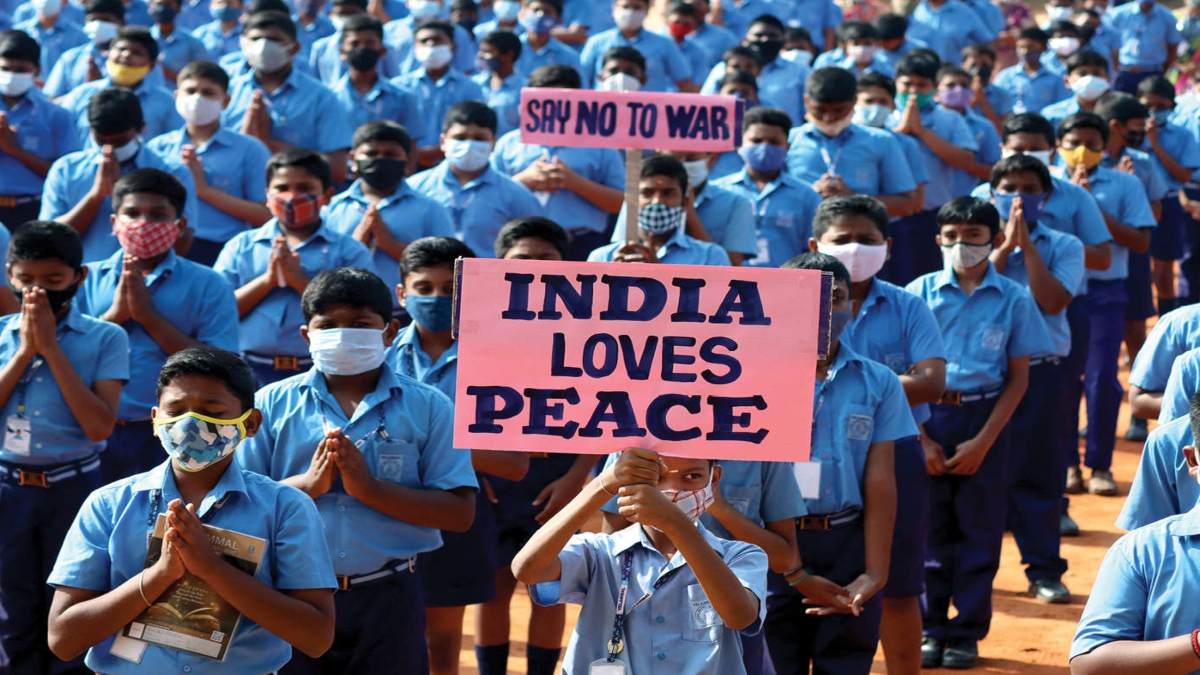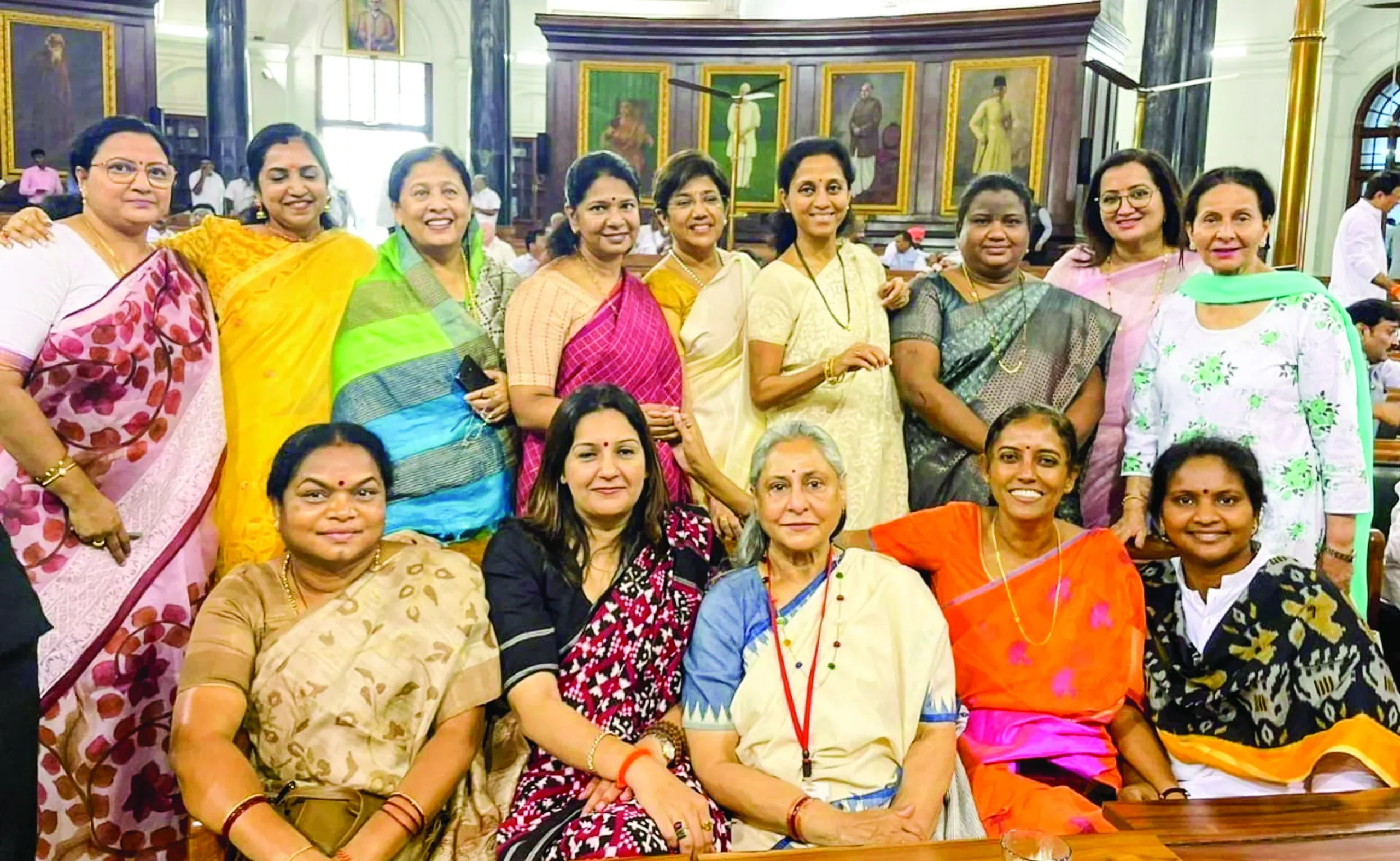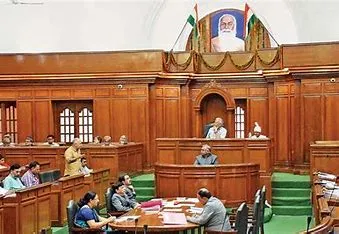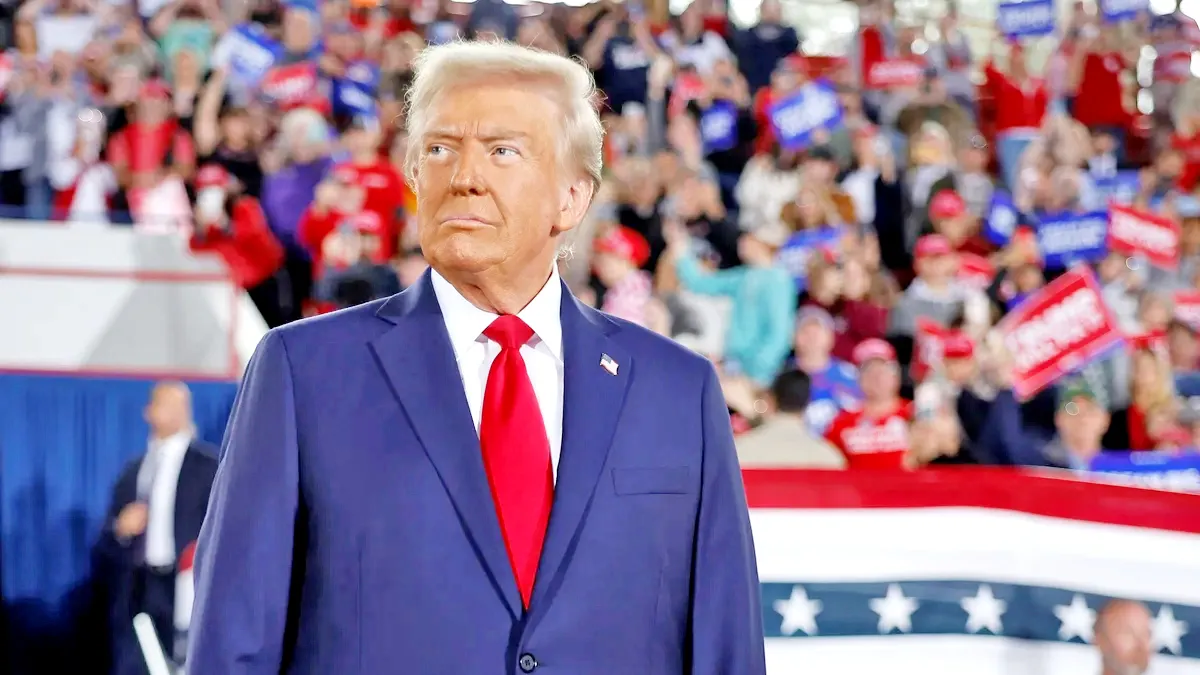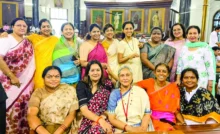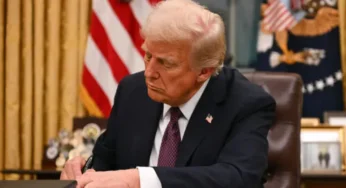As the United States ramps up efforts to rally international support to isolate Russia following its Ukraine invasion, Washington’s close Indo-Pacific partner and fellow democracy India refused to join the diplomatic coalition against Russia. Making it clear that it has no intention to hurt Russia ties, New Delhi neither condemned Russian action nor joined in the U.N. resolutions against Russia.
India couldn’t have tilted towards both parties at the same time, thus it aimed to remain neutral. In Prime Minister Narendra Modi’s calls with Presidents Putin and Zelenskyy on 24 and 26 February, and Foreign Secretary Shringla’s media interaction on 25 February, 2022, India called for “dialogue,” “cessation of violence,” and “safety” and “safe exit and return” of Indian nationals.
Following that, India shifted its position, making references to the “UN Charter,” “International Law,” and “Sovereignty and Territorial Integrity of States.” In his telephonic conversation with Putin on 7 March, Modi reiterated his call for “cessation of the conflict” and expressed “deep concern” for the safety and security of Indian students. In contrast, in his call with Zelenskyy the same day, Modi called for “cessation of violence” and thanked Zelenskyy for Ukraine’s help in securing the safe exit of Indians.
Even as it tilted a little towards Ukraine, India still won Russia’s approval of its “independent” position, while also securing American acknowledgement of the “evolution” of India’s position. Furthermore, the US characterised India’s relationship with Russia as “distinct” and “okay”. The US State Department also recalled a cable asking American diplomats to take their Indian and Emirati counterparts to task for their countries’ “neutral” stand on Ukraine placing them in “Russia’s camp”.
Indeed, India’s stance, which does not sit comfortably with its democratic character and New Delhi’s commitment to the rules-based international order, has not gone down well with its democratic partners in the West, especially the United States. Most glaringly, it challenges the general assumption and rhetoric about shared values underpinning India-US relations and implicitly states that shared values are not above strategic interest, and that shared values do not automatically become shared interests until mutual strategic interests align.
However, amid political debates about India’s awkward support of Russia and its impact on India-US ties, a dimension of public opinion needs to be reckoned with. Submerged behind the policy elites and commentators’ refined justification of India’s stand on Ukraine as being driven by national interest is the raw national attitude alluding to India’s past disillusionment with the West. India’s stance on the Ukraine war reflects the tremendous domestic public support that Russia enjoys compared to the United States, a reality that Washington has seemingly yet to grasp. The public evocation of collective memory, connecting India’s past disenchantment with the US to the present, is glaringly evident in discussions on social media.
The India-US dynamic during the Cold War still looms large in popular memory, where there is a strong perception that Washington was reluctant to empathize with India, despite the latter being a like-minded democracy. In this regard, the US alliance with Pakistan and its significant support of Islamabad during the 1971 war against India evokes compelling discontent even 50 years later. Adding to the discontent is the popular view that Washington failed to sufficiently shake off its Cold War-era positions against New Delhi even as strategic proximity between the two nations grew exponentially after the fall of the Soviet Union. Washington’s persistently lacklustre response to India’s calls to isolate Pakistan internationally for its support of cross-border terrorism and continued US military assistance to Islamabad reinforce this perception.
In this dynamic, as the Russia-Ukraine crisis forces India to pick a side between Moscow and Washington, public memory propels the belief that past US actions, which blithely ignored Indian concerns, place no ethical demand on India to oblige the US call for support against Russia, unless New Delhi’s interests are in deep peril. If anything, India’s response to the Ukraine crisis reveals that the United States’ burgeoning strategic proximity with India failed to reorient Indians’ public memory to Washington’s favour. This is deeply disadvantageous to the United States. Pertinent questions then arise: Is this perception an outcome of US foreign policy alone? Or is there more to it?
Even as the history of US foreign policy actions toward Delhi speaks for itself in terms of India’s public resentment and negative perception, it is easy to see opportunities for a more positive message about US foreign policy toward India. Tellingly, public memory, haunted as it is by misgivings about the United States, is a symptom of Washington’s fractured public diplomacy toward India. To begin with, there has been little effort to amplify the $70 million in U.S. military assistance to India during the 1962 Sino-Indian war, which stands in contrast to Russia’s neutral stand and U.S. ally Pakistan’s criticism of New Delhi. Similarly, the U.S. support to India during the 1965 war against Pakistan and reluctance to back Pakistan in the Kargil War in 1999 all failed to penetrate the Indian public memory, another missed opportunity for U.S. public diplomacy. Even if Washington’s worries about upsetting its major South Asian ally, Pakistan, dissuaded extensive publicity at the time, the disregard for measurably retelling these stories decades later is evident in the unenthusiastic U.S. public diplomacy response to the 2015 declassified document indicating U.S. support to India in the 1965 war.
Even worse, the perception of Russia as a true friend continues to resonate as a national narrative in popular sentiment – this despite Russia’s growing relations with China and significant progress in Pakistan ties in recent years. This too speaks to immature U.S. public diplomacy, which failed to undermine the credibility of Russia in its relations with India.
The inevitable consequence of this lackadaisical public diplomacy, which has so far failed to address Washington’s image problem, is an emotional distance between Indians and the United States. That distance is reflected in the prevalent negative perception that U.S. actions are driven by an egotistical desire for power disguised as shared interests benefiting all. Ironically, even now, commentators in the United States who argue that India’s support to Russia in the Ukraine crisis is consequential to India’s credibility as a democratic ally stop short of considering Washington’s own battered image in Indian public opinion.
Significantly, such a dismissive approach to Indian public sentiment has the potential to hurt U.S. interests, not least because the negative public image does not augur well for Washington’s attempts to contain the globally rising authoritarian tide. Domestic political support typically plays an important part in sustaining the U.S.-led liberal international order. While common strategic interests bind ties between states, cultivating general interest around advancing democracy, protecting universal values, and international norms and principles require greater popular support. India’s self-standing ethical foreign policy activism under Prime Minister Jawaharlal Nehru is a good example. Beyond his beliefs and worldviews, the remarkable domestic support for Nehru propelled India’s moralistic foreign policy during his tenure, which nurtured India’s staunch commitment to the rule of law and international peace and security.
Thus, as things stand, the United States needs to step up its efforts to confront its negative reputation in India. But the question is how? Can better communication of US foreign policy and projection of positive narratives about Washington fix the damage and prevent further defacing its image? The prevailing deep nationalist sentiment in India would suggest it cannot. Bolstering public communication activities alone is likely ineffectual for two reasons. First, negative perceptions about the West are intrinsic to the ethno-nationalism that has emerged as the predominant form of Indian politics at present. Two, deepening ethnic and national pride has reinforced political realism and national interest as the leitmotif of India’s foreign affairs, undermining morality and values in foreign policy as a result. The asymmetric coexistence of political and sentimental factors in how the Indian public views the Ukraine crisis and India’s policy response is illustrative. Notably, public empathy for the Ukrainian people has failed to translate into an expressive call for India’s political support to the latter.
To make matters worse, emerging stories casting the West as racist and hypocritical can contribute to hardening the negative perception about the United States. Such stories can feed into the nationalist imagination of the public, to whom ethno-nationalism involving anti-Western sentiment is serving as a powerful reference.
Stemming from this, two interconnected assumptions that should be at the forefront of Washington’s policy engagements with India. First, the idea that shared values of democracy and the rule of law per se will foster greater Indian involvement in the international system is unlikely to bear fruit, given the existing political landscape in India. Second, impressing the hyper-nationalist Indian audience through public diplomacy is an impossible task unless dealt with through nationalist overtures combined with wide public projection.
Therefore, to be effective, the United States should concentrate on publicly demonstrating what it can offer to address India’s concerns. Reasonably, support to India’s most pressing international causes and apprehensions can persuade the nationalist audience in the country. Unequivocal U.S. support to India vis-à-vis Pakistan is imperative. In addition, the United States could also make extra efforts to expand defense cooperation and enhance India’s military capabilities, for which New Delhi is chiefly reliant on Russia at the moment. The bottom line is that both parties must be ready to build shared interests through strategic compromises and prioritizing. As an immediate measure in this regard, the United States must refrain from sanctioning India under the Countering America’s Adversaries through Sanctions Act (CAATSA) for New Delhi’s purchase of S-400 systems from Russia.
The writer is an Associate Professor in Seedling School of Law and Governance, Jaipur National University, Jaipur. He had worked as an Assistant Professor in Apex Professional University, Pasighat, Arunachal Pradesh. He had also worked as a journalist in esteemed newspapers like Indian Express and Daily News & Analysis, online news portals and magazines in Ahmedabad.
Submerged behind the policy elites and commentators’ refined justification of India’s stand on Ukraine as being driven by national interest is the raw national attitude alluding to India’s past disillusionment with the West. India’s stance on the Ukraine war reflects the tremendous domestic public support that Russia enjoys compared to the United States, a reality that Washington is seemingly yet to grasp.


